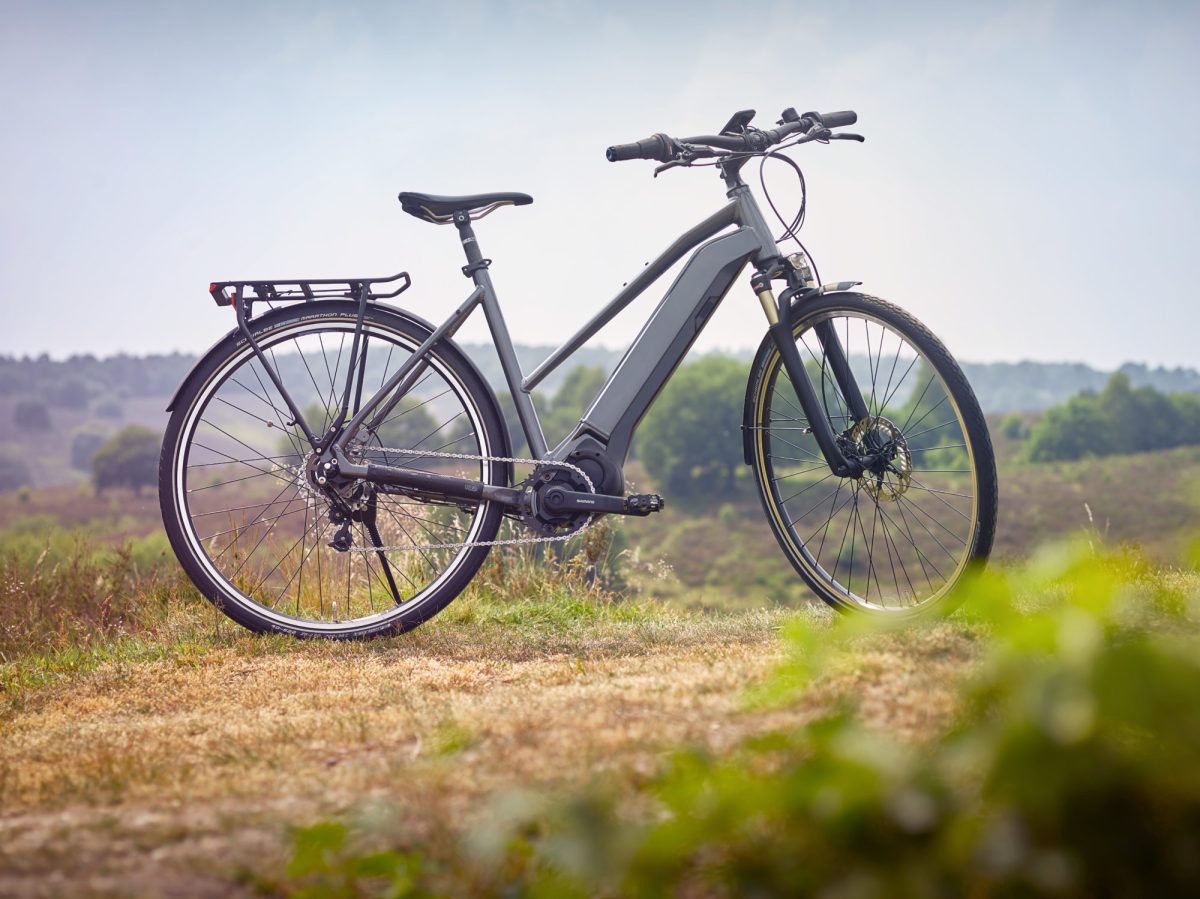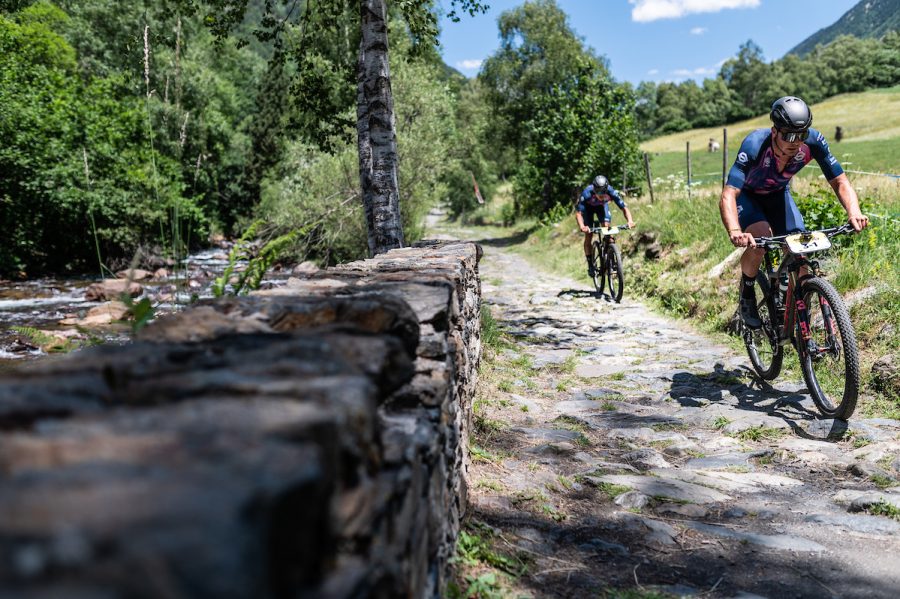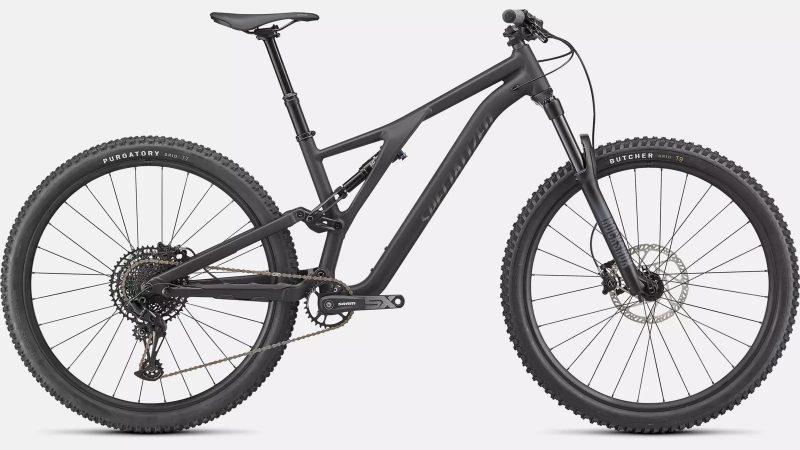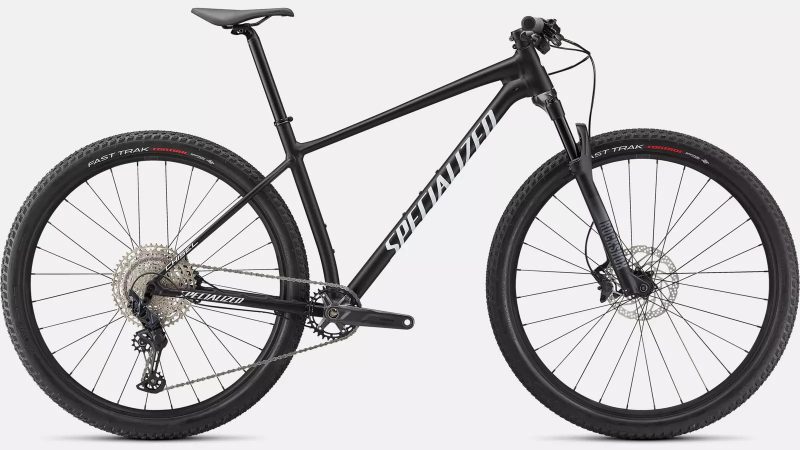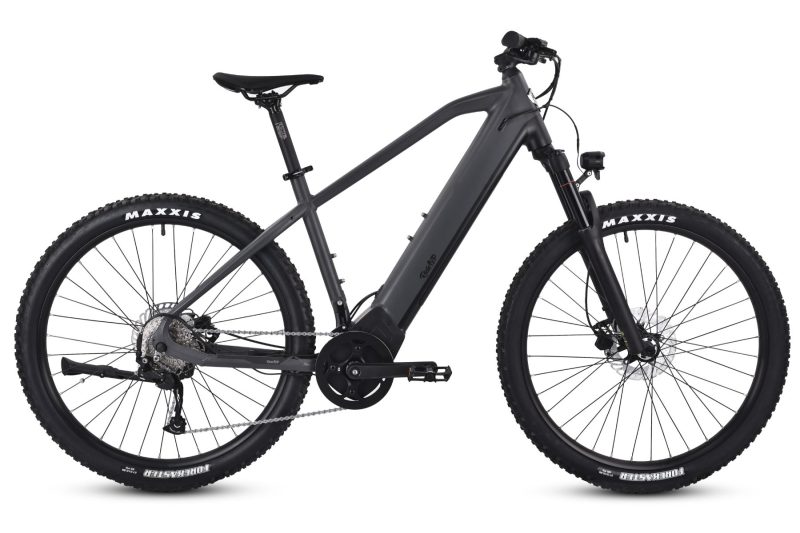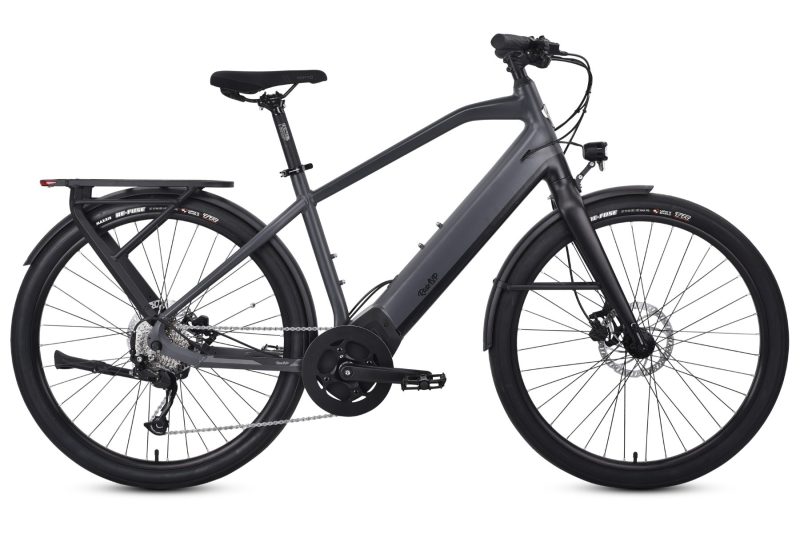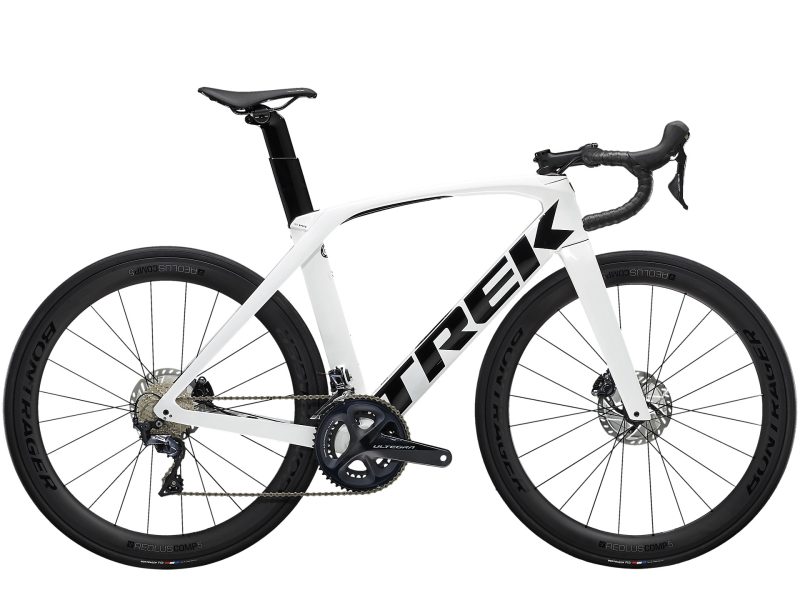· E-Bike commuters sweat three times less, compared to normal bike riders
· With an average heart rate 63 beats lower than a regular bike, e-Bike riders showed the ability to commence work right away
The recent hot weather across Europe has given many people the chance to exercise outdoors, or change their commute from a journey in a stuffy train to a speedy cycle to work. However, with exercise, comes the dreaded side effect – sweat. Dark patches, a whiffy wardrobe and a tsunami of moisture are just a few factors that can turn a cycle trip to work into a commuter conundrum. Even with showers at the office, there is the hassle of lugging activewear and work attire in a bag as well as the awkward airing out of pungent garments.
A scientific study at a Formula One testing facility commissioned by cycling component manufacturer, Shimano, has revealed just how beneficial e-bikes can be to those looking for a sweat-free cycle commute.
Electric bikes (e-bikes for short) have become more and more popular over the past few years. They can provide a quicker and easier way for commuters to get around, appealing to cycling fans from all backgrounds, whether they are new riders trying two wheels out for the first time, or experienced riders keen to take advantage of motor support.
![]()
One of the first studies to directly measure the difference in sweat rate between a e-Bike and regular bike, the research project also aimed to investigate the differing levels of exertion experienced during an average cycling commute in a European city. Six participants rode for 30 minutes in a heat chamber set to 28ºC, once on a SHIMANO STEPS E6100 powered e-Bike and once on a regular bike. Their heart rate, core body temperature, rating of perceived exertion (RPE), power output and sweat volume, measured by pre-and post-weight, were recorded.
The standout results from the research project were:
· Participants on the e-Bike sweated 3.1 times (350ml) less than on the regular bike
· Participants on the e-Bike had an average finishing heart rate 63 beats lower than the regular bike.
· Participants on the regular bike had a core body temperature rise of 0.9ºC more than on the e-Bike.
Following the e-Bike test, participants showed little or no sweat patches on their clothing as well as low physiological stress. Whereas after the regular bike test, participants had drenched clothing due to a large sweat volume and a high exertion rate.
The key differences between participants at the end of the e-Bike and regular bike tests were:
· Average RPE*: 1.6 (e-Bike) classed as ‘light to easy’ vs 4.1 (regular bike) ‘classed as hard’
· Average core temperature: 37.5ºC (e-Bike) vs 38.4ºC (regular bike)
Commenting on the study, Shimano’s Pieter Vincent says “This study shows how perfect e-bikes are for riding in our towns and cities. By using bikes with our SHIMANO STEPS E6100 system riders can remain cool, calm and sweat-free, plus arrive at their destinations quicker and more refreshed than many other forms of transport.”
Sports Science Agency’s lead scientist Jack Wilson says, “The main findings of this study show that using an e-Bike as opposed to a regular bike, commuters can complete their ride to work without concerns regarding sweat and physiological strain. It’s fair to hypothesize that the benefits of exercise remain and that e-bikes may be a good introduction to those who feel they’re not sufficiently fit enough to attempt to cycle to work.”
For those looking to keep up their cycle commute, but want to avoid the side effects of a sweaty cycle to work, it’s been shown that e-bikes are a practical way of arriving at work far less hot, sweaty and fatigued whilst still achieving the physical and mental benefits of exercising and avoiding the stresses of public transport.
Source: Shimano EU

